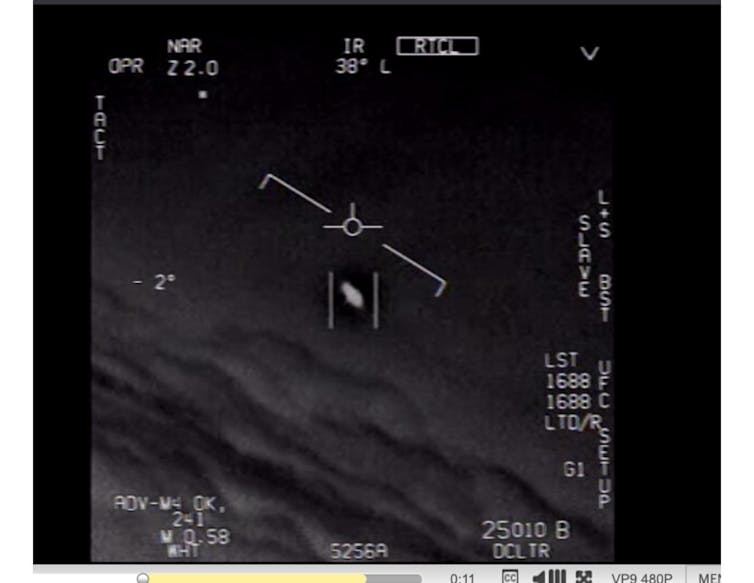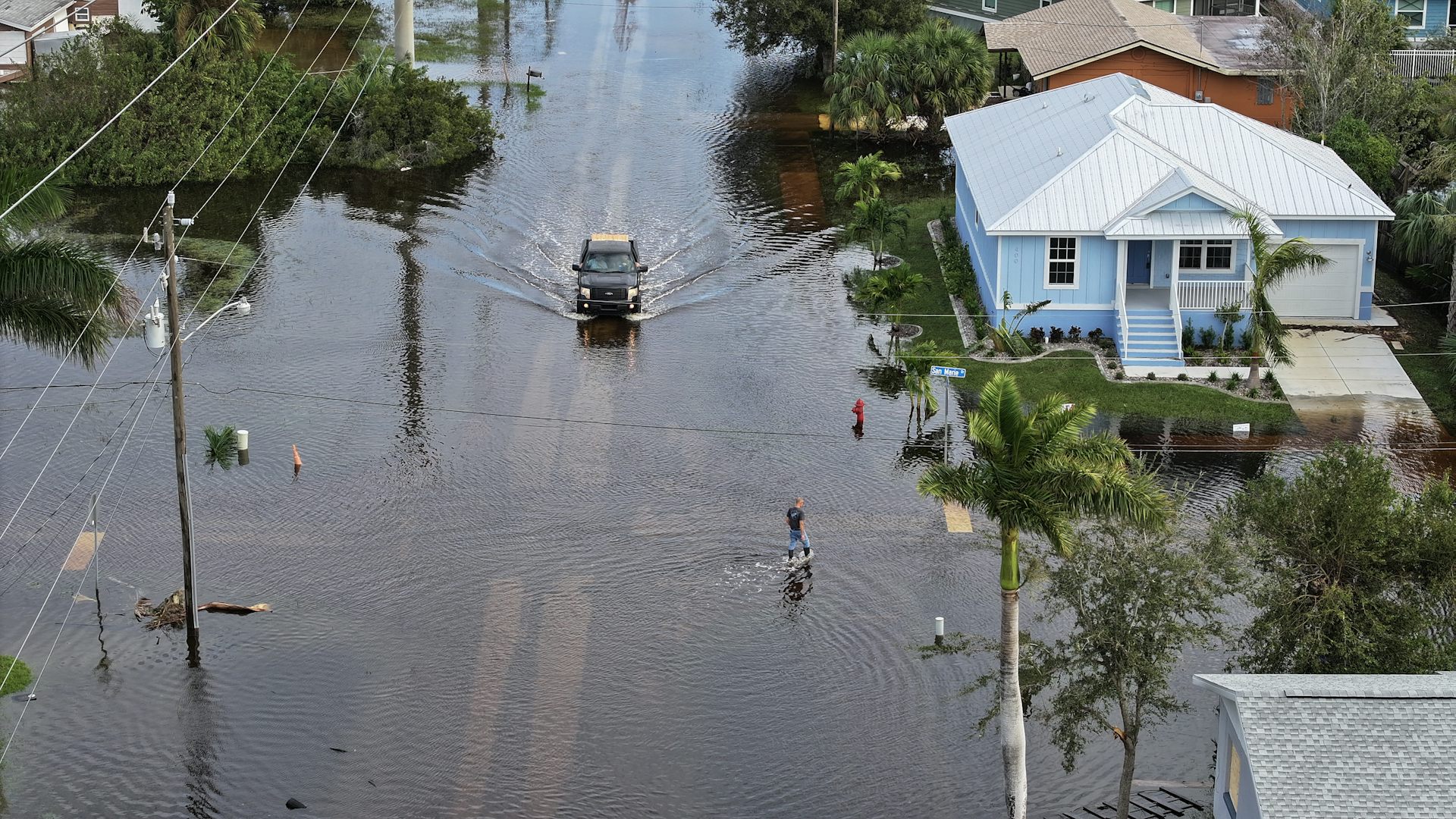What is a UFO? The US shot down three mysterious objects as interest and concern increase over unide
There are thousands of sightings of UFOs – or ‘unidentified aerial phenomena’ as the US government prefers to call them – every year.

On the heels of the Feb. 4, 2023, shooting down of a Chinese balloon suspected of spying on the U.S., American fighter jets have shot down three additional objects in or near U.S. airspace.
When the media asked Glen VanHerck, the Air Force general responsible for overseeing North American airspace, about these events, he refused to rule out extraterrestrial forces at play. Other military officials later clarified that otherworldly origins aren’t a serious consideration, but the comment highlighted the U.S. government’s lack of knowledge about these objects.
As a space policy expert, I’m often confronted with questions about UFOs and little green people. However, as these recent episodes have shown, a UFO is far more likely to be human-made, rather than originating from some faraway place in the universe.

What does UFO mean?
Unidentified flying object, or UFO for short, is the term that has historically been used to describe aircraft that aren’t easily identified or explained. The modern UFO craze in the U.S. dates to the late 1940s and early 1950s, coinciding with the development of new technology like rockets and missiles.
Today, the U.S. government uses the phrase unidentified aerial phenomena, or UAPs. This change is partially to try to disassociate the term from science fiction aliens. The term also encourages greater scientific study and reflects the fact that many of these “objects” end up being strange atmospheric phenomenon or tricks of camera equipment.
Taking a serious look
There are thousands of unconfirmed UAP sightings by the public each year, but until recently there was no formal way for the U.S. to track these sightings. That lack of interest began to change in 2020 when the Pentagon officially released three videos taken from the cockpits of fighter jets showing unidentified objects moving in mysterious ways.
The following year, in 2021, Congress mandated the creation of an assessment on UAPs. As part of this report, the director of national intelligence identified 144 firsthand accounts of UAPs from military aviators and government sensors between 2004 and 2021.
The report identifies several potential explanations for UAPs, including clutter – an umbrella term that includes, for example, birds, balloons and drones. Other explanations include natural atmospheric phenomena such as ice crystals and thermal fluctuations, as well as secret technologies being developed by the U.S. or other nations.
It is this last category that has drawn attention, with the U.S. military shooting down a number of balloons and unidentified objects in the last week. Countries like China and Russia can gather a significant amount of intelligence using satellites, but balloons – and potentially other technologies as yet unknown by the American public – represent another way to collect sensitive data. If the U.S. military or government can’t identify a new technology, it is easy to classify an object as a UAP.
In 2022 alone, the Pentagon received 247 new UAP reports, about half of which were eventually attributed to balloons or “balloon-like entities.”
At the same time, it’s also easy to miss UAPs if people don’t know what to look for, as appears to be the case with previous spy balloons that China has sent around the world.
Whether future UAPs are balloons, secret technology or something else, there will continue to be a greater national focus on studying UAPs and an increasing ability to detect them. It is likely that reports will continue to pour in and U.S. aircraft will keep tracking them down.
Wendy N. Whitman Cobb is affiliated with the US Air Force School of Advanced Air and Space Studies. Her views are her own and do not necessarily reflect the views of the Department of Defense or any of its components.
Read These Next
The world risks forgetting one of humanity’s greatest triumphs as polio nears global eradication − 7
Polio may finally be defeated in the next 5 years. Will the world recognize what an extraordinary achievement…
As millions of Americans face a steep rise in health insurance costs, lawmakers continue a century-l
US health care policy will remain fractured until lawmakers address the core question of who is responsible…
RFK Jr. wants to scrutinize the vaccine schedule – but its safety record is already decades long
Federal officials are questioning the safety of the vaccine series children receive. Here’s the story…






